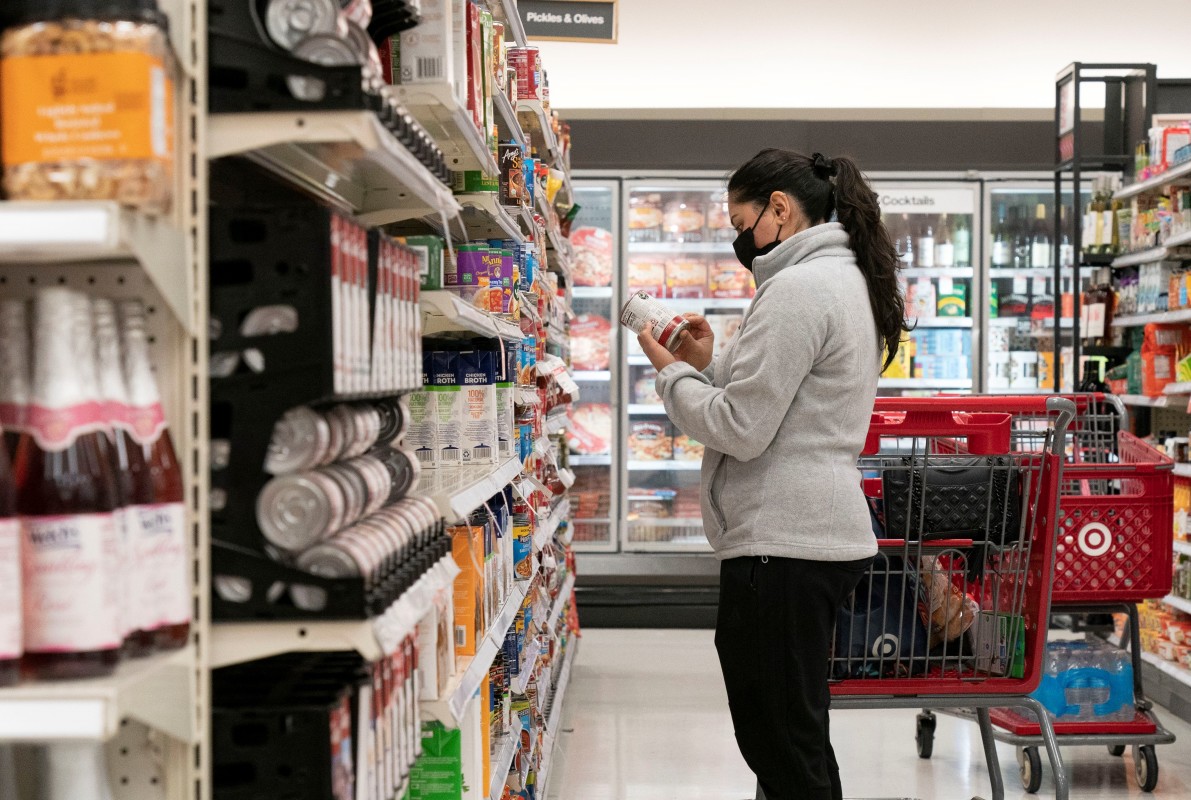
News surfaced late last month that Wendy's was going to adapt a dynamic pricing strategy, a move that is common in industries like transportation, but not yet seen in the fast-food world.
The supermarket industry also hasn't seen this strategy yet, but it could happen eventually. And it's not just going to be a ploy to take more money out of the pockets of consumers.
An NPR podcast called "Planet Money" discussed how this could actually be a solution to curbing the tons of food waste that supermarkets are responsible for.
Related: Popular retailer paying up millions for disgusting warehouse conditions
Podcast host Amanda Aronczyk said that supermarkets are responsible for about 10% of the food waste in the country, worth about $50 billion a year. She and fellow host Nick Fountain posited that there should be a better way for supermarkets to not waste this much food, and spoke with two pricing experts and professors, Roberts Sanders and Ioannis (Yannis) Stamatopoulus to see how dynamic pricing could help.
The two said the conventional reasoning for why dynamic pricing is not being used is that it would be expensive for supermarkets, similar to changing a menu at a restaurant.
"Some kind of cost here is preventing businesses from pressing optimally," Stamatopoulus said. "It's called these menu costs and this term comes from restaurants having to create new menus to show you the new prices."
But the two professors did research that this isn't actually the case — supermarkets would actually be able to make more money by switching to dynamic pricing versus the expense of swapping price tags.
Related: Big grocery chain makes major change that could drastically change your shopping trip
They found out, however, after speaking with a CEO, that inventory management is the big issue. Companies struggle to keep up accurate inventory data in their stores due to how difficult it is to track new items that sometimes come in daily into each supermarket. And they can't track every accidental broken jar or stolen good.
Still, the two believe there should be a way to adapt dynamic pricing because it would benefit both companies and food waste. And NPR reported that stores in Norway have already done it.
Aroncyzk and Fountain spoke to a reporter who visited REMA, a supermarket chain in Norway, and saw how dynamic pricing worked there.
The company adapted digital price tags that it could change from a system in the backend. This allows them to cut the prices of fresh bread to half off every night or cut the prices of nearly expiring milk — and it's reportedly cut its food waste by 40% since adapting this strategy.
And to avoid customers worrying about sudden price changes, the store cannot raise their prices while the store is open. They have a rule that says that prices can only go down during store opening hours.
But can this be coming to the United States? "Planet Money" said it could.
"This future could be coming soon to a grocery store near you," Fountain said. "Amazon Fresh already uses electronic shelf labels, and now supermarkets like Schnucks are trying them. So is Hy-vee, Kroger, Lobalws (Canada), and the biggie: Walmart."
Aroncyzk said that once the technology is there for these stores, it's probably likely that they will start implementing dynamic pricing.
But at least based on this report, it might be a win for both American consumers and groceries.
View the original article to see embedded media.
Related: Veteran fund manager picks favorite stocks for 2024







